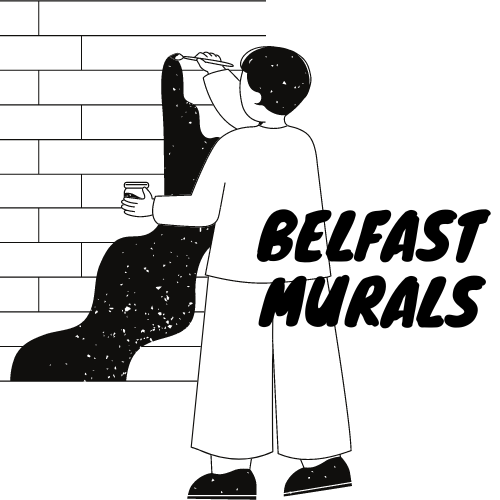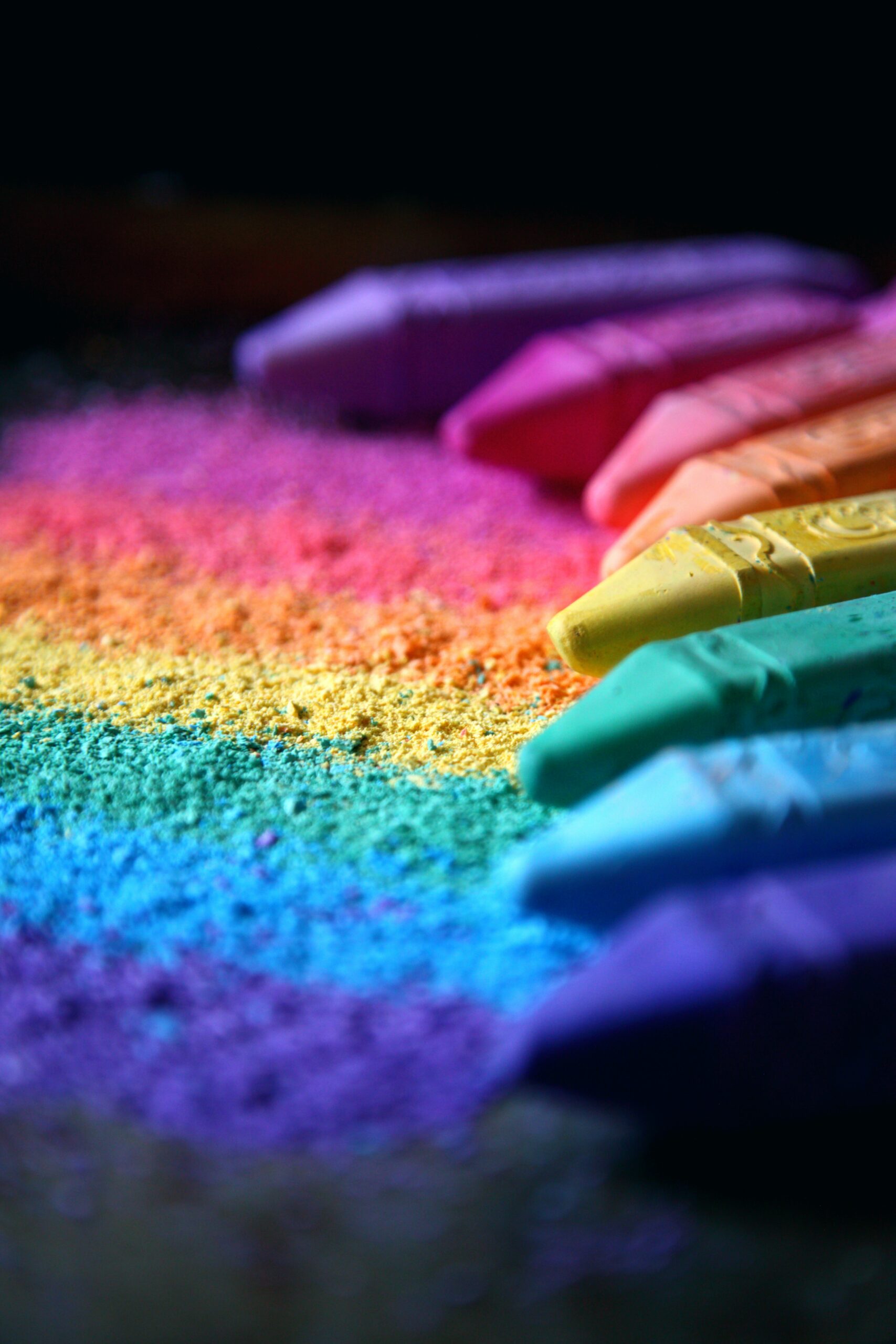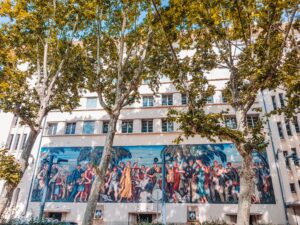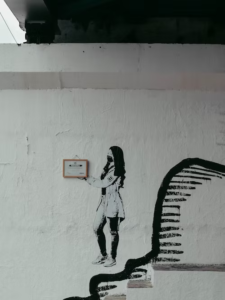Colors are something that influence us subconsciously. They may change the mood or the attitude of the person towards the buildings and people that live there. Even the color is able to motivate people to do something, it is a great and secret way of manipulating many companies.
The way colors make us feel and our experiences are inextricably linked. Colors that are warm versus colors that are cool, and colors that are bright versus colors that are muted, elicit different emotions. It all depends on the situation, because different colors have distinct psychological effects.
The colors that surround a person can influence their mood, appetite, and state of mind. These responses are influenced by psychological factors, biological training, and cultural imprinting. Rainbow murals for walls will create a comfortable atmosphere outside and inside the houses.
Colors that are pleasing to the eye
Warm tones are colors that are close to each other on the color wheel, such as red, orange, and yellow. Warm hues elicit feelings of happiness, optimism, and energy. Yellow, red, and orange, on the other hand, can help to alert you to danger or prompt you to act (think stop signs, hazard warnings and barrier tape). The color red has been demonstrated to increase appetite.

Vibrant colors
Cool colors include green, blue, and purple. Because of their relaxing and soothing properties, cold tones are occasionally used to portray sadness. Purple is widely used to inspire innovative thinking because it blends the emotive elements of red (excitement) with the relaxing qualities of blue (reflection) (intense). Incorporating these colors into a business could offer a sense of health, attractiveness, or safety.
Colors that are upbeat
Because they are bright and warm, yellow, orange, pink, and red are all examples of joyful colors. Pastel colors, such as peach, light pink, or lilac, have also been demonstrated to increase mood. Lighter and brighter colors tend to make individuals feel more joyful and optimistic. Blending various primary and secondary colors can create a youthful, lively appearance.
Dark colors
Dark and somber colors are depressing. Although grey is the most commonly recognized “depressing” hue, other dark, muted chilly colours or neutrals such as blue, green, or brown/beige can elicit very similar feelings. White is the color of mourning in several East Asian countries, but black is more prominent in Western societies.
Colors that are soothing
Green and blue are two of the most relaxing colors. Pastel colors, particularly those with colder undertones like baby blue, lilac, and mint, can help you relax and feel at ease. Aside from blue and green, neutral hues such as white, beige, and grey are useful in encouraging calm. A design can be more calming if it uses fewer colors and appears more simple and tidy.
Captivating colors
Colors, particularly bright colors that are exceptionally brilliant and intense, can elicit strong emotions. Bright hues, such as red, yellow, and neon green, can be exciting and boost attention, but they can also induce eye strain. These colors are intended to grab the attention and stand out from their surroundings. Royal blue, turquoise, magenta, and emerald green are all highly pigmented, vivid colors that can stimulate your senses and leave you feeling revitalized and stimulated.




